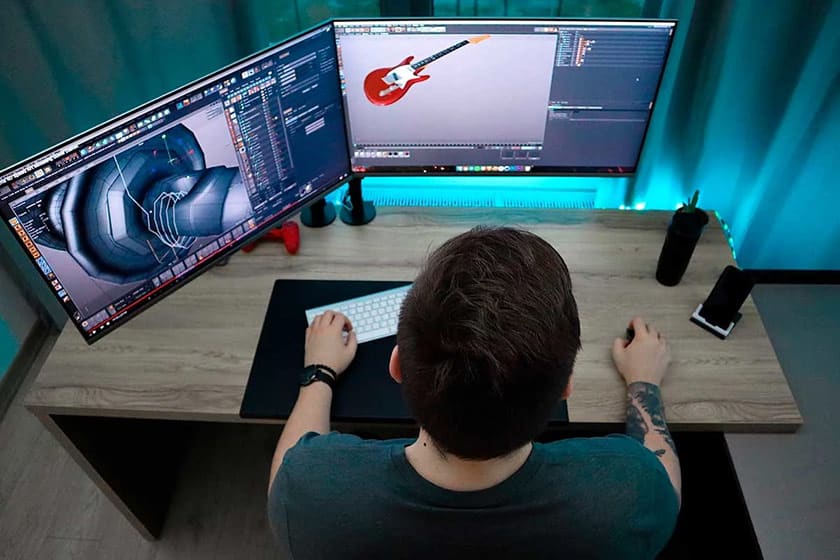Have you ever wondered how some of your favorite movies and video games create breathtaking worlds and characters that seem almost too real? The answer lies in the power of 3D modeling, a revolutionary technology that has transformed the way we create, design, and experience digital content.
What is 3D Modeling?
3D modeling is the process of creating three-dimensional representations of objects, characters, and environments using specialized software. Unlike traditional 2D drawing or painting, 3D modeling allows designers to create digital objects that can be viewed and manipulated from any angle, providing a more immersive and realistic experience.
How Does 3D Modeling Work?
The process of 3D modeling involves several steps, including concept design, modeling, texturing, lighting, and rendering. The first step is to come up with a concept or idea for the object or environment that you want to create. This can be done through sketches, reference images, or even by sculpting in clay or other materials.
Once you have a clear idea of what you want to create, the next step is to use specialized 3D modeling software to create a digital version of your concept. This involves using a variety of tools to manipulate and shape virtual objects, much like a sculptor would work with clay or stone.
After the object has been modeled, the next step is to add textures and materials to give it a more realistic appearance. This can be done by applying digital materials to the surface of the object, such as wood, metal, or glass.
Finally, the object is lit and rendered, which involves adding lighting effects to create shadows and highlights that give the object depth and dimensionality. The final result is a stunningly realistic 3D model that can be used in a variety of applications, from movies and video games to architecture and engineering.
Applications of 3D Modeling
3D modeling has revolutionized the way we create and design digital content, and its applications are virtually limitless. Here are just a few of the ways that 3D modeling is being used today:
Movies and Television
3D modeling is an essential part of the movie and television industry, allowing filmmakers to create stunning visual effects and realistic environments that would be impossible to achieve with traditional filming techniques. From complex creatures and characters to entire digital worlds, 3D modeling is a critical tool for bringing movie and TV productions to life.
Video Games
The video game industry has also embraced 3D modeling, using it to create immersive worlds and characters that allow players to explore and interact with virtual environments in real-time. From realistic simulations of real-world locations to fantastical fantasy worlds, 3D modeling is at the heart of many of today's most popular video games.
Architecture and Engineering
3D modeling is also being used in the fields of architecture and engineering to create detailed digital models of buildings, bridges, and other structures. These models allow designers and engineers to test and refine their designs before construction begins, ensuring that the final product is both safe and efficient.
Education and Training
3D modeling is also being used in education and training, providing students and professionals with a more immersive and engaging learning experience. From medical simulations to virtual reality training programs, 3D modeling is helping to transform the way we learn and train for a variety of industries.
In conclusion, 3D modeling is a powerful and transformative technology that has revolutionized the way we create, design, and experience digital content. From movies and video games to architecture and education, 3D modeling is being used in a variety of applications to create stunningly realistic digital worlds and objects that capture our imagination and push the boundaries of what is possible. With the continued development of 3D modeling software and hardware, we can expect to see even more exciting and innovative uses of this technology in the years to come.
